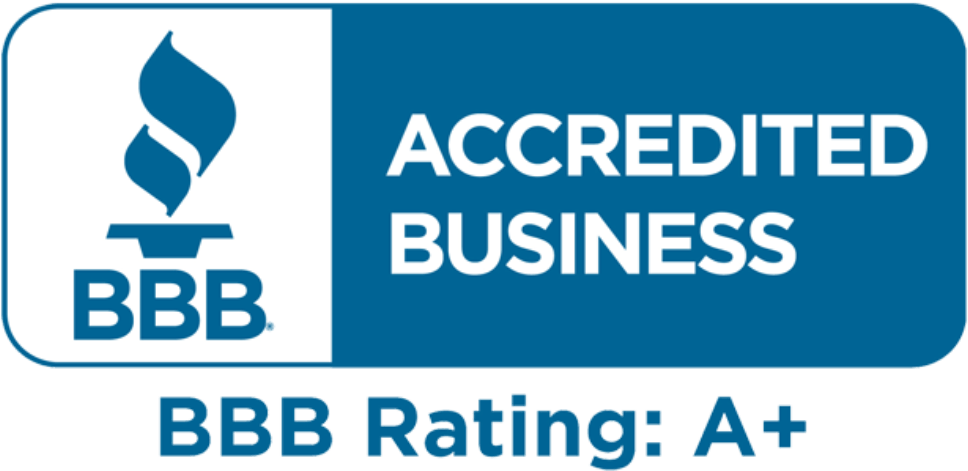Home Energy Tax Credits
A couple of federal personal tax credits are available for the installation of certain energy efficient or clean energy property in your home.
The energy efficient home improvement credit is available for qualifying expenditures incurred for an existing home or for an addition to or renovation of an existing home, but not for a newly constructed home. The residential clean energy property credit is available for qualifying expenditures incurred for either an existing home or a newly constructed home. For both credits, the home must be located in the United States and used as a residence by the taxpayer.
Energy Efficient Home Improvement Credit
The energy efficient home improvement credit is equal to 30% of the sum of amounts paid by the taxpayer for certain qualified expenditures. There are limits on the allowable annual credit and on the amount of credit for certain types of qualified expenditures. The maximum annual credit amount may be up to $3,200.
An annual $1,200 aggregate credit limit applies to all building envelope components, energy property, and home energy audits (30% of costs up to $150 for such audits). Building envelope components include exterior doors (30% of costs up to $250 per door, up to a total of $500); exterior windows and skylights (30% of costs up to $600); and insulation materials or systems and air sealing materials or systems (30% of costs). Energy property (30% of costs, including labor, up to $600 for each item) includes central air conditioners; natural gas, propane, or oil water heaters, furnaces, and hot water boilers; and certain other improvements or replacements installed in connection with building envelope components or other energy property.
A separate annual $2,000 aggregate credit limit (30% of costs, including labor) applies to electric or natural gas heat pump water heaters; electric or natural gas heat pumps; and biomass stoves and boilers.
The credit is not available after 2032.
Residential Clean Energy Property Credit
A 30% credit is available for certain qualified expenditures made by a taxpayer for residential clean energy property. This includes expenditures for solar panels, solar water heaters, fuel cell property, wind turbines, geothermal heat pump property, battery storage technology, and labor costs allocable to such property.
There is no overall dollar limit for this credit. For qualified fuel cell property, there is a general credit limit of $500 for each half kilowatt of capacity. The credit is reduced to 26% for property placed in service in 2033, 22% for property placed in service in 2034, and no credit is available for property placed in service after 2034.
All Securities Through Money Concepts Capital Corp., Member FINRA / SIPC
11440 North Jog Road, Palm Beach Gardens, FL 33418 Phone: 561.472.2000
Copyright 2010 Money Concepts International Inc.
Investments are not FDIC or NCUA Insured
May Lose Value - No Bank or Credit Union Guarantee
This communication is strictly intended for individuals residing in the state(s) of MI. No offers may be made or accepted from any resident outside the specific states referenced.
Prepared by Broadridge Advisor Solutions Copyright 2020.












